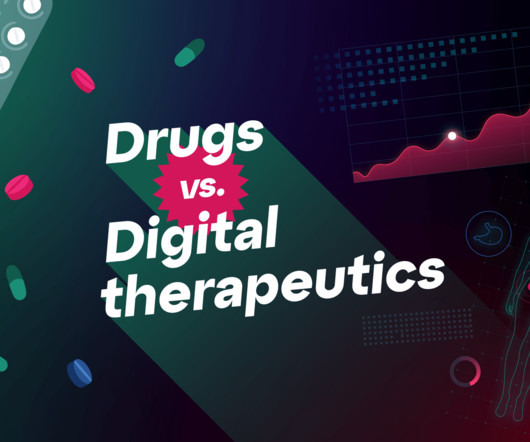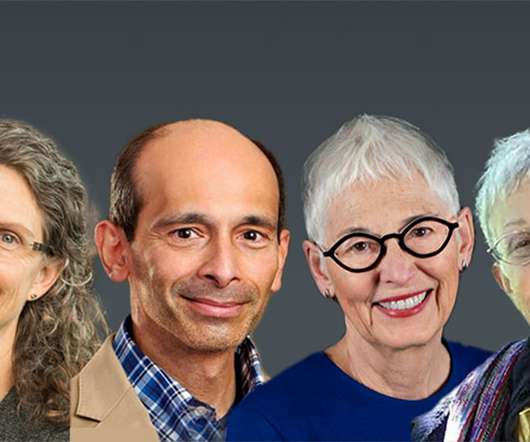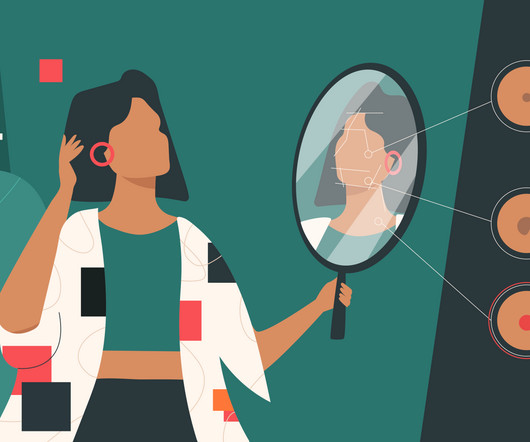Drugs Vs. Digital Therapeutics – A Digital Symbiosis
The Medical Futurist
JUNE 2, 2025
They hold the promise of improved health outcomes, greater accessibility, and cost-effectiveness in patient care when used based on proper evidence. This graphic visualisation captures how this new approach to treatment could help us achieve the same old goal of helping patients get better. But this isn’t just a novel concept.













Let's personalize your content